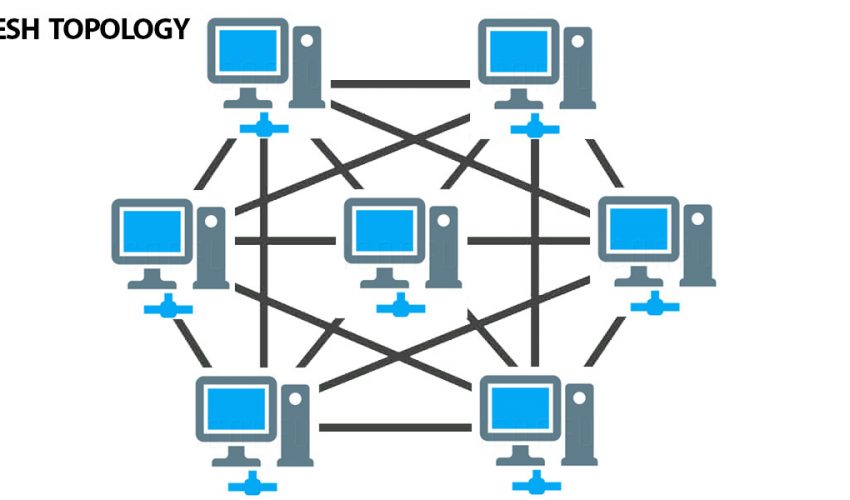A Virtual Local Area Network (VLAN) is a logical division of devices on a physical network, created to enhance the performance, security, and manageability of the network infrastructure. VLANs can include devices located across different switches, and they function independently of their physical location. By grouping devices with similar requirements, network administrators can effectively segment their networks and optimize performance.
- Types of VLANs
VLANs can be classified into four categories:
a. Data VLANs: These VLANs are used for carrying user-generated traffic. They help isolate traffic from different departments or teams within an organization.
b. Voice VLANs: These VLANs carry Voice over IP (VoIP) traffic, ensuring consistent and high-quality voice communication.
c. Management VLANs: These VLANs are dedicated to network management, allowing administrators to access network devices remotely for monitoring, configuration, and troubleshooting.
d. Native VLANs: These VLANs provide a default path for untagged traffic on a network. They help maintain compatibility between VLAN-aware and VLAN-unaware devices.
- How VLANs Work
VLANs operate at Layer 2 of the OSI model, the data link layer. To create a VLAN, network devices are assigned unique VLAN IDs. When a device transmits a data frame, the switch adds a VLAN tag containing the VLAN ID to the frame header. This process is called “tagging.” When the frame reaches its destination, the tag is removed, a process called “untagging.” By examining the VLAN tags, switches can forward frames only to devices within the same VLAN, effectively segregating the network.
- Benefits of VLANs
VLANs offer numerous advantages, including:
a. Improved Performance: By segmenting the network, VLANs reduce broadcast domains and network congestion, improving overall performance.
b. Enhanced Security: VLANs isolate sensitive data, limiting access to authorized users and reducing the risk of data leakage.
c. Simplified Network Management: VLANs enable easier network administration and troubleshooting by grouping devices with similar requirements.
d. Scalability: VLANs facilitate network growth by allowing administrators to add new devices without requiring extensive reconfiguration.
e. Cost-Effective: VLANs reduce the need for additional hardware, lowering the overall cost of network infrastructure.
- Implementing VLANs in a Network
To implement VLANs, you’ll need:
a. VLAN-capable switches b. VLAN-aware devices (e.g., routers, servers, and workstations) c. Network management software
The implementation process typically includes the following steps:
i. Determine VLAN requirements and assign VLAN IDs. ii. Configure VLAN-aware switches, assigning ports to the appropriate VLANs. iii. Configure devices to recognize VLAN tags and assign them to the correct VLANs. iv. Implement inter-VLAN routing to enable communication between different VLANs.
- VLAN Configuration and Management
VLAN configuration and management can be achieved through a variety of tools, including:
a. Command-line interfaces (CLI): This approach requires manual configuration of each network device using text-based commands.
b. Graphical User Interfaces (GUI): Some network devices offer web-based interfaces that simplify VLAN configuration and management.
c. Network management software: Advanced software solutions, such as CiscoWorks, can automate VLAN configuration and provide centralized management for large networks.
- Best Practices and Security Considerations
When implementing VLANs consider the following best practices and security measures:
a. Plan VLANs carefully: Assess the needs of your organization and create VLANs that optimize performance, security, and manageability.
b. Use descriptive names: Assign meaningful names to VLANs to make them easily identifiable and simplify network management.
c. Limit VLAN size: Keep the number of devices within a VLAN manageable to maintain performance and ease troubleshooting.
d. Segregate sensitive data: Create separate VLANs for sensitive data to minimize unauthorized access and reduce the risk of data breaches.
e. Use VLAN access control lists (VACLs): Implement VACLs to provide an additional layer of security by filtering traffic between VLANs based on specific criteria.
f. Implement inter-VLAN routing carefully: Choose the appropriate routing method (such as router-on-a-stick or multilayer switches) based on network requirements and security needs.
g. Monitor and maintain VLANs: Regularly review VLAN configurations and monitor network traffic to ensure optimal performance and security.
In a traditional network setup without VLANs, separate physical Network cabling may be required to segregate network traffic for different departments or teams. This can lead to increased costs and complexity in managing the network infrastructure. With VLANs, network administrators can leverage the existing cabling infrastructure to create logical network segments without needing additional cables. This not only simplifies network management but also reduces costs associated with deploying and maintaining a separate physical infrastructure for each network segment.
VLANs are a powerful tool that can significantly improve network performance, security, and manageability. By understanding the principles behind VLANs and implementing them correctly, network administrators can optimize their infrastructure to meet the needs of their organization. With careful planning, ongoing monitoring, and adherence to best practices, VLANs can provide a flexible and scalable solution for modern network environments.



